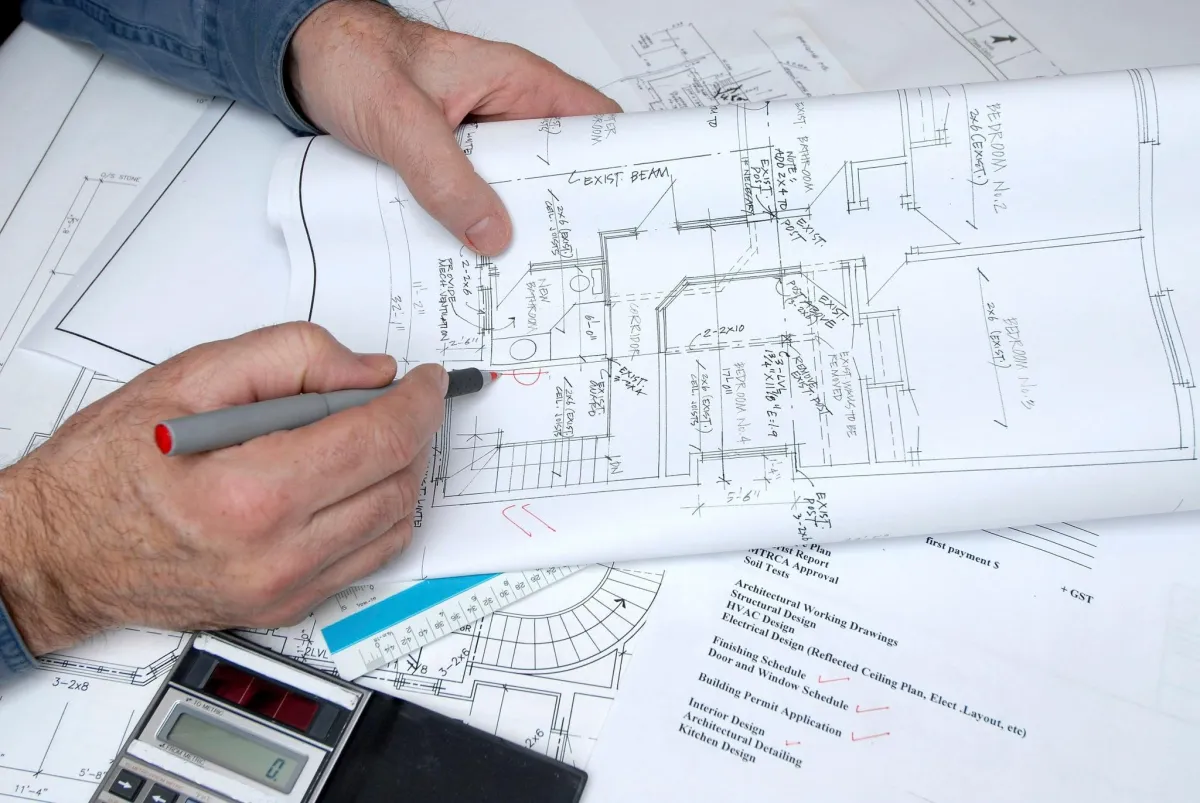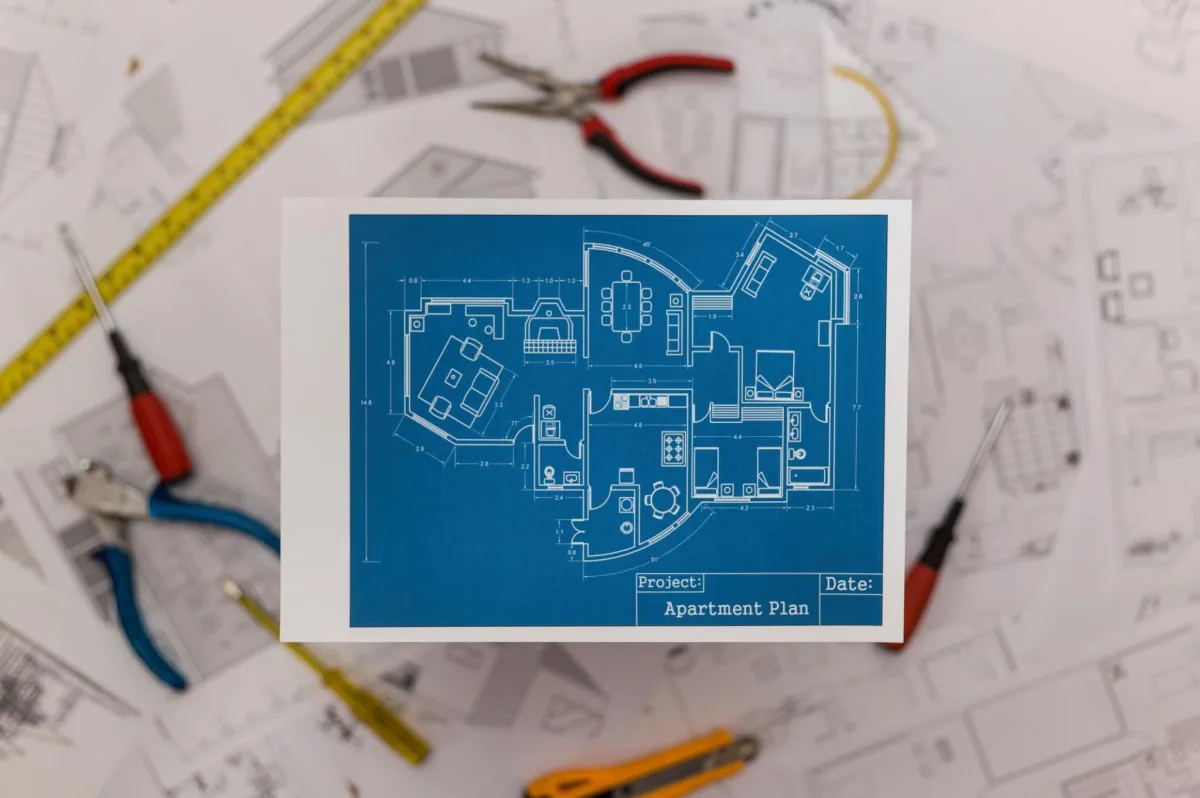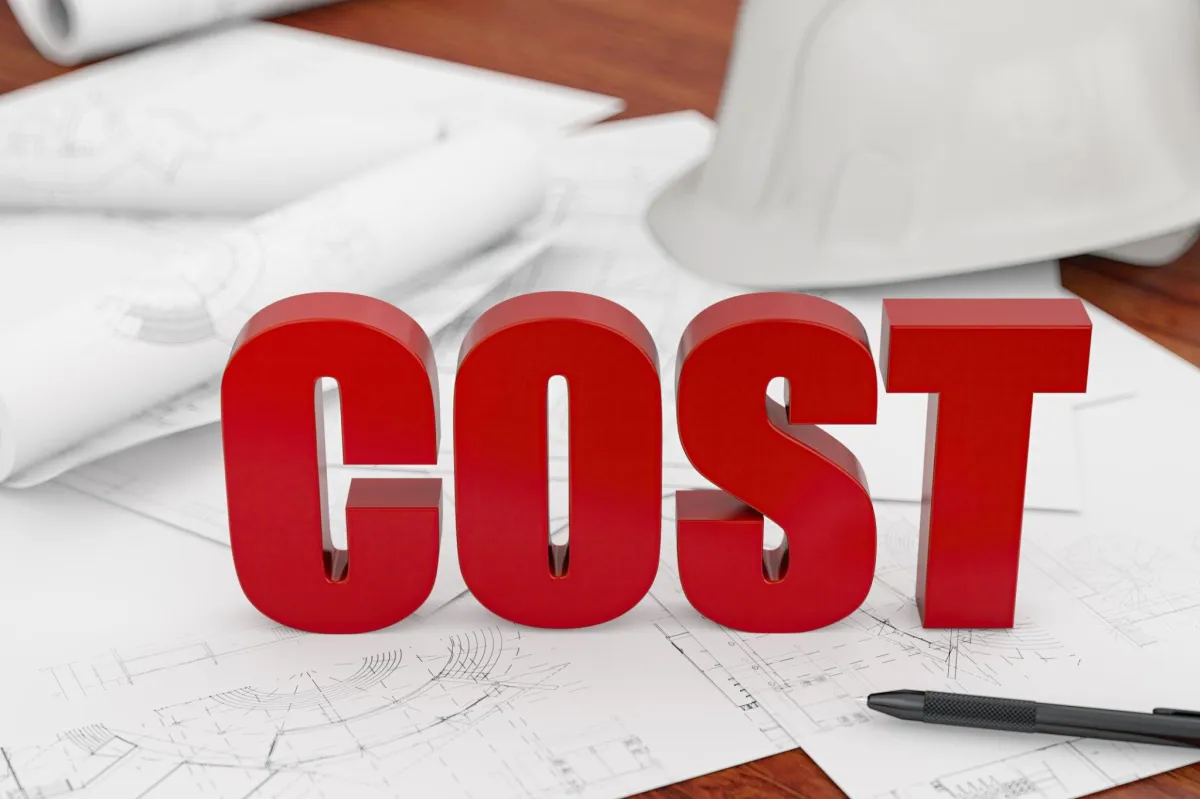A Guide for Commercial Renovation
How to Budget Effectively for Your Commercial Renovation Project
Renovating a commercial space is an exciting yet challenging endeavor. Whether you're looking to modernize an outdated office, expand your retail space, or create a more functional layout for your restaurant, a successful renovation begins with a well-planned budget. Effective budgeting not only ensures that your project stays on track but also helps you make informed decisions that can save time, money, and stress. In this comprehensive guide, we'll explore the essential steps to budget effectively for your commercial renovation project.

Understanding the Importance of a Well-Planned Budget
Why Budgeting is Crucial for Commercial Renovations
Budgeting is the foundation of any successful commercial renovation. It sets the financial parameters for your project and ensures that every aspect, from design to construction, aligns with your financial capabilities. Without a detailed budget, you risk overspending, delaying the project, or compromising on quality—all of which can have long-term consequences for your business.
The Risks of Poor Budget Planning
Failing to budget effectively can lead to several issues:
Unexpected Costs: Unplanned expenses can quickly escalate, leading to financial strain.
Project Delays: Insufficient funds may cause work stoppages, delaying the completion of your renovation.
Compromised Quality: Budget constraints might force you to choose lower-quality materials or cut corners on essential features.
Steps to Creating an Effective Budget for Your Renovation

1. Define the Scope of Your Project
Before you can create a budget, you need to have a clear understanding of what your renovation will entail. Start by defining the scope of your project. This includes identifying the areas to be renovated, the extent of the work required, and the desired outcomes. Are you looking to simply refresh the space, or are you planning a complete overhaul? The scope will influence every aspect of your budget.
Space Requirements: Assess the square footage and determine whether you need to expand or reconfigure the space.
Functional Needs: Identify any new functionalities required, such as additional meeting rooms, storage, or upgraded facilities.
Design Aesthetics: Decide on the overall look and feel you want to achieve, considering elements like lighting, flooring, and furnishings.

2. Research and Estimate Costs
Once the scope is defined, the next step is to research and estimate the costs associated with your renovation. This includes both direct costs (materials, labor, permits) and indirect costs (temporary relocation, business interruptions).
Breakdown of Cost Categories
Materials: Flooring, fixtures, paint, etc.
Labor: Contractor fees, specialized trades, etc.
Permits and Approvals: Building permits, inspections, and any legal fees.
Design Services: Architectural and interior design fees.
Contingency Fund: An additional 10-20% of the total budget to cover unexpected expenses.

3. Get Multiple Quotes from Contractors
To get an accurate estimate, it's essential to obtain multiple quotes from contractors. This not only gives you a range of costs but also helps you gauge the reliability and quality of potential contractors. Look for contractors with experience in commercial renovations and check their references and previous work.
Tips for Comparing Quotes
Itemized Costs: Ensure that each quote is itemized, allowing you to see where your money is going.
Timeline: Compare the projected timelines to ensure they align with your business needs.
Quality of Materials: Ensure that the materials specified in the quote meet your standards.

4. Prioritize Your Expenses
Not all aspects of your renovation are created equal. Some elements will be more critical to the success of your project than others. By prioritizing your expenses, you can allocate your budget more effectively and ensure that the most important aspects of your renovation are well-funded.

5. Create a Detailed Budget Plan
With all the necessary information in hand, it's time to create a detailed budget plan. This plan should outline all expected costs, including a timeline of when payments will be made. Break down the budget into phases if your project is extensive, and ensure that there is a clear payment schedule aligned with project milestones.
Components of a Detailed Budget Plan
Cost Breakdown: A detailed list of all expenses, including materials, labor, permits, and contingencies.
Payment Schedule: A timeline for when payments will be made, linked to project milestones.
Contingency Planning: A strategy for managing unexpected costs, including a reserved contingency fund.

6. Monitor and Adjust the Budget as Needed
Once your renovation is underway, it's crucial to monitor the budget regularly. Track actual expenses against your budget plan and be prepared to make adjustments if necessary. Effective monitoring can help you stay on track and avoid financial surprises.
Tools for Budget Monitoring
Budget Tracking Software: Use software to keep an updated record of expenses.
Regular Meetings with Contractors: Schedule regular check-ins with your contractors to review progress and address any budget concerns.
Flexible Budgeting: Be prepared to reallocate funds as needed to address unexpected challenges.
Strategies for Cost-Saving Without Compromising Quality
Implementing cost-saving measures without sacrificing quality is a delicate balance that requires strategic planning and creativity. One effective approach is to reuse and repurpose existing materials within the commercial space. For instance, refurbishing furniture and fixtures not only preserves the character of the establishment but also significantly cuts down on expenses. Similarly, opting to refinish existing hardwood floors instead of replacing them can maintain aesthetic appeal while being budget-friendly. Reconfiguring current walls and partitions, rather than constructing new ones, can also yield substantial savings.
Another strategy involves the judicious selection of cost-effective materials that do not compromise on durability or appearance. Exploring options like composite materials can offer the resilience required for commercial settings at a fraction of the cost of traditional materials. Utilizing prefabricated elements can streamline the construction process, reducing labor costs and time. Additionally, sourcing materials from local suppliers can diminish shipping expenses and support community businesses, creating a win-win scenario.
Lastly, considering phased renovations can be a pragmatic approach, especially when budget constraints are tight. By prioritizing high-impact areas for immediate renovation and scheduling less critical spaces for later phases, businesses can manage cash flow more effectively. This method allows for continuous operation with minimal disruption, ensuring that essential areas receive the attention they need without overextending financial resources. Flexible financing options can further facilitate this approach, enabling businesses to undertake renovations in manageable segments aligned with their fiscal capabilities.
The Role of Financing in Budgeting
Implementing cost-saving measures without sacrificing quality is a delicate balance that requires strategic planning and creativity. One effective approach is to reuse and repurpose existing materials within the commercial space. For instance, refurbishing furniture and fixtures not only preserves the character of the establishment but also significantly cuts down on expenses. Similarly, opting to refinish existing hardwood floors instead of replacing them can maintain aesthetic appeal while being budget-friendly. Reconfiguring current walls and partitions, rather than constructing new ones, can also yield substantial savings.
Another strategy involves the judicious selection of cost-effective materials that do not compromise on durability or appearance. Exploring options like composite materials can offer the resilience required for commercial settings at a fraction of the cost of traditional materials. Utilizing prefabricated elements can streamline the construction process, reducing labor costs and time. Additionally, sourcing materials from local suppliers can diminish shipping expenses and support community businesses, creating a win-win scenario.
Lastly, considering phased renovations can be a pragmatic approach, especially when budget constraints are tight. By prioritizing high-impact areas for immediate renovation and scheduling less critical spaces for later phases, businesses can manage cash flow more effectively. This method allows for continuous operation with minimal disruption, ensuring that essential areas receive the attention they need without overextending financial resources. Flexible financing options can further facilitate this approach, enabling businesses to undertake renovations in manageable segments aligned with their fiscal capabilities.

Explore Financing Options
Renovations can be a significant financial investment, and many businesses rely on financing to manage the costs. Several financing options are available, including traditional loans, lines of credit, and specialized renovation loans.
Financing Options to Consider
Commercial Renovation Loans: Specifically designed for business renovations, offering favorable terms and conditions.
Line of Credit: Provides flexible access to funds as needed, useful for managing cash flow during the renovation.
SBA Loans: Small Business Administration (SBA) loans offer low-interest financing options for eligible businesses.

Understand Loan Terms and Conditions
Before committing to any financing option for your commercial renovation, it is crucial to fully understand the loan terms and conditions. This includes closely examining interest rates, as comparing rates across different lenders can help you secure the most favorable terms. Additionally, consider the repayment schedule and ensure it offers the flexibility needed to align with your business's cash flow. Understanding the total cost of financing is also essential; this means calculating the overall financial commitment, including interest and any associated fees, to ensure the loan is manageable and within your budget.
Final Thoughts: Preparing for a Successful Renovation
Engaging with professionals early in the renovation process is one of the most effective strategies for ensuring a successful project. At TAS Design, as an architectural firm and Class A contractor, we have the expertise to guide you from the initial planning stages through to project completion. By involving our team of architects, designers, and contractors early on, you benefit from detailed cost estimates grounded in experience, which helps you develop a realistic budget and avoid costly mistakes. Early collaboration with our experts also allows for design optimization, ensuring that any necessary adjustments are made to save money and enhance the overall outcome. Additionally, our comprehensive approach helps in developing a realistic project timeline, identifying potential challenges before they arise, and ensuring that the renovation stays on track.
Despite thorough planning, renovations often encounter unexpected challenges, which is why staying flexible and adaptable is crucial. At TAS Design, we emphasize the importance of contingency planning and open communication throughout the project. Our in-house team is equipped to handle unforeseen issues promptly, ensuring minimal disruption to the project timeline and budget. By maintaining regular communication with our clients, we ensure that everyone is aligned, and any necessary adjustments can be made swiftly. This adaptability, combined with our extensive in-house capabilities, helps keep your renovation on track, delivering a final result that meets your expectations without compromising on quality or budget.
Contact Us
Service Hours
Mon- Fri 8 am - 5 pm
Sat, Sun- Closed except by appointment





Contact Us
1 540-302-2593
2507 Bluff Road
Roanoke VA 24014
Service Hours
Mon- Fri 8 am - 5 pm
Sat, Sun- Closed except by appointment
Connect








